Peace through media: Broadcasting tolerance
Pakistani media has the power to relay messages of peace. But this power must be kept in check and balance.
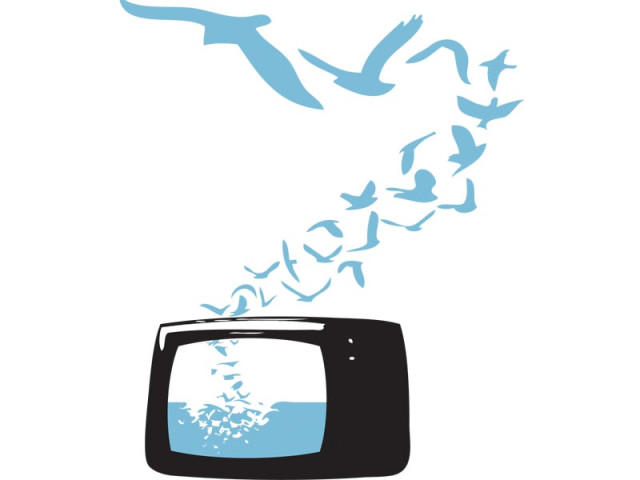
Pakistani media has the power to relay messages of peace. But this power must be kept in check and balance.
That year, when sectarian conflict in Deen’s native Dera Ismail Khan escalated, he barely escaped a retaliatory shower of bullets that was not meant for him.
Soon, the Shia community migrated from his Daraban Road neighbourhood for fear of persecution. The gatherings of Sunni and Shia friends at his family’s house were replaced by cold stray bullet holes on the front gate.

The violence was new to Deen who belongs to a staunch Sunni family, and it moved him to find peace. Now 25, he has become a peace-maker by default.
Over the past two years, he has participated in peace-building and conflict management trainings conducted by local and foreign nongovernment organisations.
While Deen, who self-identifies as a social worker, has learnt ways to defuse arguments and talk people out of violence, the trainings have made him realise that mass mobilisation for peace requires mass means of communications.
The media, he believes, can make a difference.
“People are influenced by the media,” Deen, himself a fan of a popular Urdu columnist who is famous for using historical anecdotes, says. “If the media relays messages of peace and harmony, they can help build agreement to end conflict.”
Of media power
In just over a decade, the Pakistani media has risen to a place of immense power. The flow of information from these powerhouses of information has had a somewhat empowering effect on the people. Experts cite media coverage as one of the drivers of a high voter turnout during the 2013 general elections. Simultaneously, commercial interests of the ‘Big Media’, ethical violations and constant ‘Breaking News’ transitions annoy audiences.

However, peace activists and conflict-management experts agree that media can and should be used to spread awareness for peace promotion. But this expectation that the media can help change social attitudes is matched by an equal demand for responsible journalism, pro-people programming and issue-based reporting.
“In the rural areas of Sindh, people tend to believe if something is reported in the media, it must be true,” says Rozeena Sindhu, who is a student at Karachi’s Sindh Madresatul Islam University. Sindhu is also a ‘peace leader’ under Search for Common Ground’s (SFCG) Pakistan Peace Initiative – a training programme for youth, community leaders and journalists.
Sindhu says people follow radio broadcasts religiously in her father’s village in interior Sindh, a place where she says she has seen, and heard of, people acting violently before they even understand the situation.
Harnessing the media
“Media can act as a mediator but the broadcast news is too negative most of the time,” says Sindhu. “Instead of sensationalising issues, media should focus on solutions.”
But electronic media, having the largest outreach among all the media, is also the most problematic, says Aurangzeb Haneef, a teaching fellow at the Lahore University of Management Sciences (LUMS).
“The basic problem is that media houses are business concerns, and ratings are important to them,” says Haneef, who has a Master’s degree in Peace and Conflict Studies.
Haneef recommends there should be ‘media, peace-building and conflict indices’ which scientifically quantify the amount of hate speech aired or the way conflict is framed on broadcast news. In his opinion, these might serve to regulate the media.
Universities and media research organisations might help but for media to promote the “kind of discussions that contribute toward creating an environment conducive to conflict-resolution,” journalists need to be trained in ‘responsible journalism’, Haneef says. Only then would reporters and anchors be able to have focused discussions, ask better questions and utilise opinions effectively. Haneef admits all this is a difficult task, given the current media organisational structure.
Alternative voices
But there are other options, says Samar Minallah, an anthropologist and documentary filmmaker. She thinks alternative media such as documentaries, citizen journalism videos and even visuals painted on trucks and rickshaws can help start meaningful conversations on sensitive issues including conflict. “But the condition is that you make culturally-relevant content for the local communities and hold targeted screenings for them,” she says.
Broadcast media can also learn from this exercise. If instead of relying on the opinions of anchors, Minallah says, the news organisations go for interactive dialogue with communities, they can raise the voices of the masses.
One option could be video messages for peace sent by people from the communities, Minallah suggests.
Perhaps the mainstream media can reach out to hundreds of young peace activists, such as Sindhu and Deen, for such video messages, and perhaps Deen’s message can even go viral, when he says gently but with a marked resolve, “Say what they will, but I think no one has the right to take someone else’s life.”
Published in The Express Tribune, December 2nd, 2013.

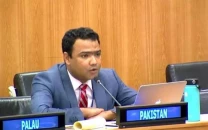
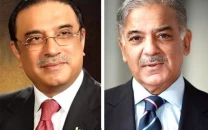
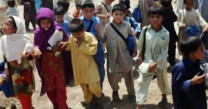

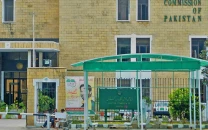
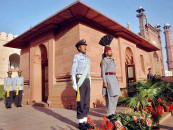





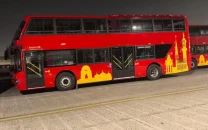






COMMENTS
Comments are moderated and generally will be posted if they are on-topic and not abusive.
For more information, please see our Comments FAQ